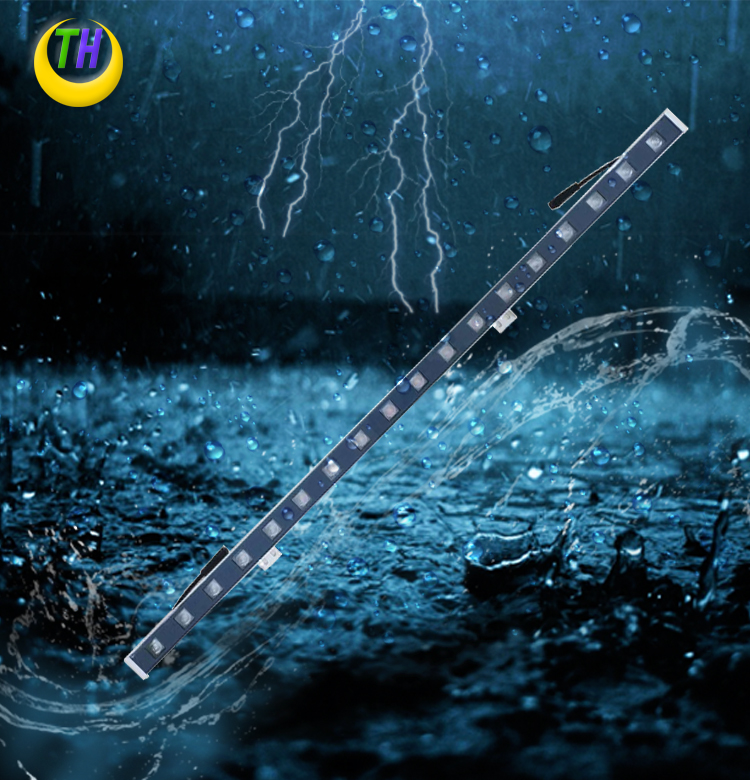A simple filter turns a blue OLED light into a rare white light
- 2020-10-20
- Views:0
A simple filter turns a blue OLED light into a rare white light
(Summary description)
- Categories:NEWS
- Author:
- Origin:
- 2020-10-20
- Views:0
Organic light-emitting diodes (OLeds) have come a long way since the first working devices were reported 30 years ago. Lauded for its many advantages, including black color, sharp image reproduction and energy efficiency, OLED now dominates the screens of mobile phones and LG TVS and is expected to take over iPhone screens as early as next year
White light is the Achilles' heel of OLED. Usually, in order to get white light, individual red, green and blue emitters glow at the same time, resulting in white light. This makes white the most power-hungry colour, which reportedly requires six times as much power to produce black on Google pixels. Other methods of producing white light include doping chemicals in the emission layer, but this method makes making equipment more difficult.
In a proof-of-concept experiment, Daskalakis and his mentor, Paivi Torma, converted traditional blue-emitting OLeds into white-emitting oleds simply by placing a set of distributed Bragg reflectors (DBR) on them made of alternating materials with high and low refractive indices.
In a proof-of-concept experiment, Daskalakis and his mentor, Paivi Torma, converted traditional blue-emitting OLeds into white-emitting oleds simply by placing a set of distributed Bragg reflectors (DBR) on them made of alternating materials with high and low refractive indices.
To make the device, Daskalakis first made oleds that emit blue light using standard vacuum evaporation techniques. He coated each organic light-emitting diode (OLED) directly with six alternating layers of silicon dioxide and tantalum oxide, then sputtered out a DBR.
So-called DRBS are commonly used as mirrors to make optical cavities in devices. Instead, Daskalakis and Torma decided to use the DBR as a converter, using Bragg fiber patterns that supposedly resonate within the DBR. The Bragg mode can be tuned by changing the DBR layer thickness. These patterns occur in the red, green and blue wave segments, Daskalakis said. As the blue light of the OLED passes through the DBR, some high-energy blue photons are converted to low-energy red and green ones, after which a mixture of red, green and blue photons produces white light from the device.
In this way, the color temperature of the light can be adjusted by changing the structure of the DBR stack. In one device, the silicon dioxide layer is 43 nanometers thick and the tantalum oxide layer is 41 nanometers thick. The device produces a warmer white daylight at 6007K; The other device, a 53-nanometer-thick layer of silicon dioxide and a 42-nanometer-thick layer of tantalum oxide, produced cold white light at a temperature of 4,450 K.

Scan the QR code to read on your phone

E-mail: info@tonghuilighting.cn
ADD: No. 1, Guiding Road, Licang District, Qingdao, Shandong, China
Tel: +86-532-80928966 +86-532-80925662


